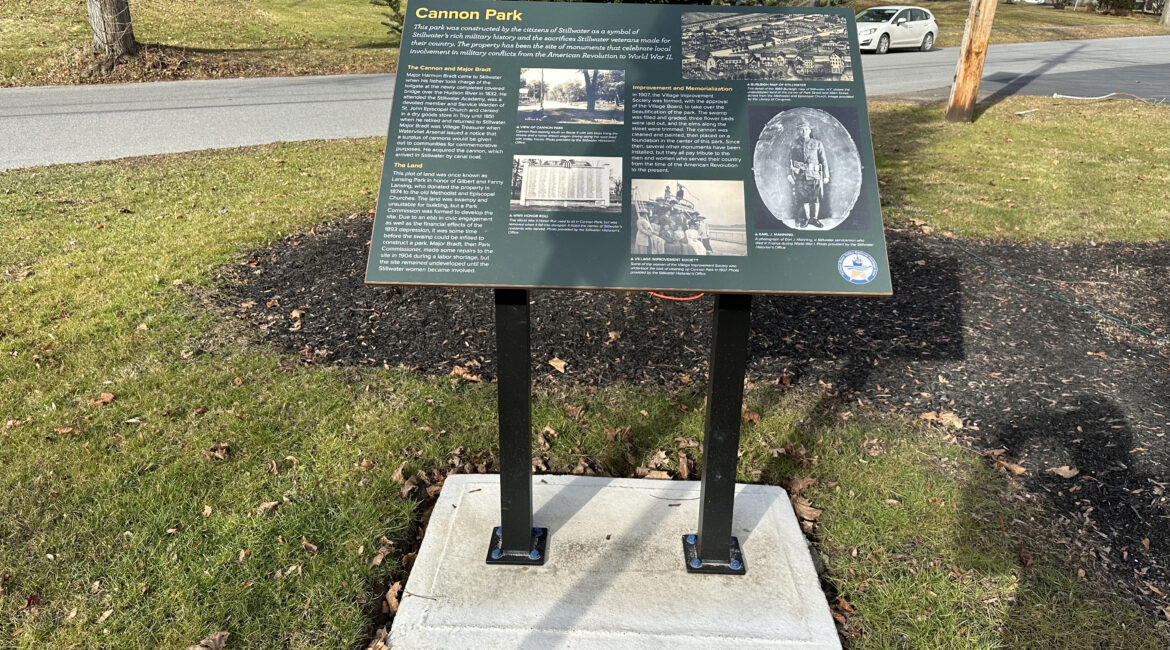The work of community cultural development lies in creating the conditions for which as many community members as possible, or are feasible for the project, can discover the potential within themselves and their community to be moved to gather and combine their cultural resources to solve community concerns and advance community initiatives for everyone. For a community to agree on its priorities requires organization and the process of creating a vision for the future for the community as a whole.
Organizing
Organizing begins when someone in the community recognizes a need or challenge and wants to effect a change, bringing others together to address a common problem or fulfill a common need. One of the major goals of community cultural development is community building and bringing people together. However, when the community lacks a cohesive, inclusive vision, making decisions can be limiting. The participation of residents is important to the process, and the process is what aids in building community.
What is Visioning?
Visioning is an approach to community cultural development that is asset-based (see Part 1 of this series) and focuses on where the community is headed. Assets and values are the major concerns, rather than data. The goal of visioning is to develop a common view, providing an end point for planning initiatives that are inclusive to as many in the community as possible. A community’s demographics, economics, and societal trends all play important roles in the visioning process. Because broad public participation is important to the process of cultural development work, establishing a vision that is “placed” within a specific community context (a neighborhood, a city, etc.) is key. Questions to be explored are:
- What is the community’s identity?
- What are the functions of the place?
- What interconnections exist between the people and their use of that place?
- What is needed or missing from the community?
- What challenges are present and need to be overcome?
- Who is affected by these challenges or needs?
- How do you want the community to look in the future? Where is it going?
- What are the strengths that need to be developed to reach these goals?
Visioning vs. Strategic Planning
The work of strategic planning draws heavily on data, which can overwhelm participants at the start of the process and can draw attention away from the important issues affecting a community, whereas visioning only uses data and analysis after the community has agreed on a direction to take and the issues it faces. Demographics, economics, and societal trends all impact the future of the community, but the visioning process must first be concerned with the questions above before delving into the analysis of those data points. Visioning starts small, at the place-based level, then projects outward. Below is a simple outline of the visioning process. Note that data analysis occurs halfway through the process:
- Identify the problem or need
- Organize a committee
- Workshop a vision statement and focus areas based on the answers to the questions above
- Assemble task forces by focus area to identify community assets
- Survey the community
- Each task force conducts visioning workshops to create action plans
- Review of existing community plans, zoning regulations, etc.
- Analyze data and prepare strategies and evaluate them against the visions
- Develop goals and strategies based on the data and the vision
- Conduct feedback workshops and develop action plans based on agreed goals and strategies
- Implement the action plans
- Review activities periodically, evaluate them, and revise plans based on results, issues, challenges, etc.
Public Participation
The visioning process should be as inclusive and diverse as possible. Participants should come from various sectors, including economic, governmental, and non-profit organizations but should also include local residents and business owners from all areas of community life. Community cultural development relies on public action (activities initiated by citizens), but it can also be initiated and controlled by government. Some challenges to public participation based on government-initiated development can include:
- The complexity of decision making due to a wide range of interests
- It can be time consuming or seen as inefficient
- Reaction time is slowed, causing deadline challenges
- The demand of funding and reporting require a professional staff
Working with a consultant can help to bridge the gap between community interests and professional skills and knowledge.
People often choose to become participants because of social relationships and the activities being offered (fundraising, planning, underutilized skills). However, they need to see the impact their participation is having, which is why starting small and growing is recommended as the strategy for community cultural development. Social conditions cannot be generalized. All communities (even at the neighborhood level) are different, with their own needs that require research into the life of the community. Participants are engaged to uncover their own cultural conditions and challenges.
Human beings in community with one another transmit and sustain cultural values. Social problems are, in essence, cultural problems and require cultural responses. Trying to address them through legislation or litigation often falls short because the cultural dimension and specificity of place are often ignored.
Goals, Strategy Development, Timing, and Momentum
Specific projects should only be developed after common goals have been agreed on. The goals specified in the visioning workshops should tie directly to the vision statement developed at the start of the process. They should reflect top priorities that have been identified by the participants. Strategies should focus on what people want to preserve, what they want to create, and what they want to change. Without a clear set of goals and strategies, projects unrelated to the vision may also be identified, muddling and diverting attention away from the intended outcomes.
Timing and preparedness are important factors in community visioning. Is the community ready to begin the process? Should the focus be on developing new leaders before beginning? Should new organizations be formed that may be necessary to implement action plans? The visioning process can help to answer these questions, with participants discovering whether these steps are needed or not. Sometimes investing in new leaders or organizations is irrelevant to achieving the goals of the vision.
In Part 3 we will delve into the planning process with Action Plan Development and Methodology.





